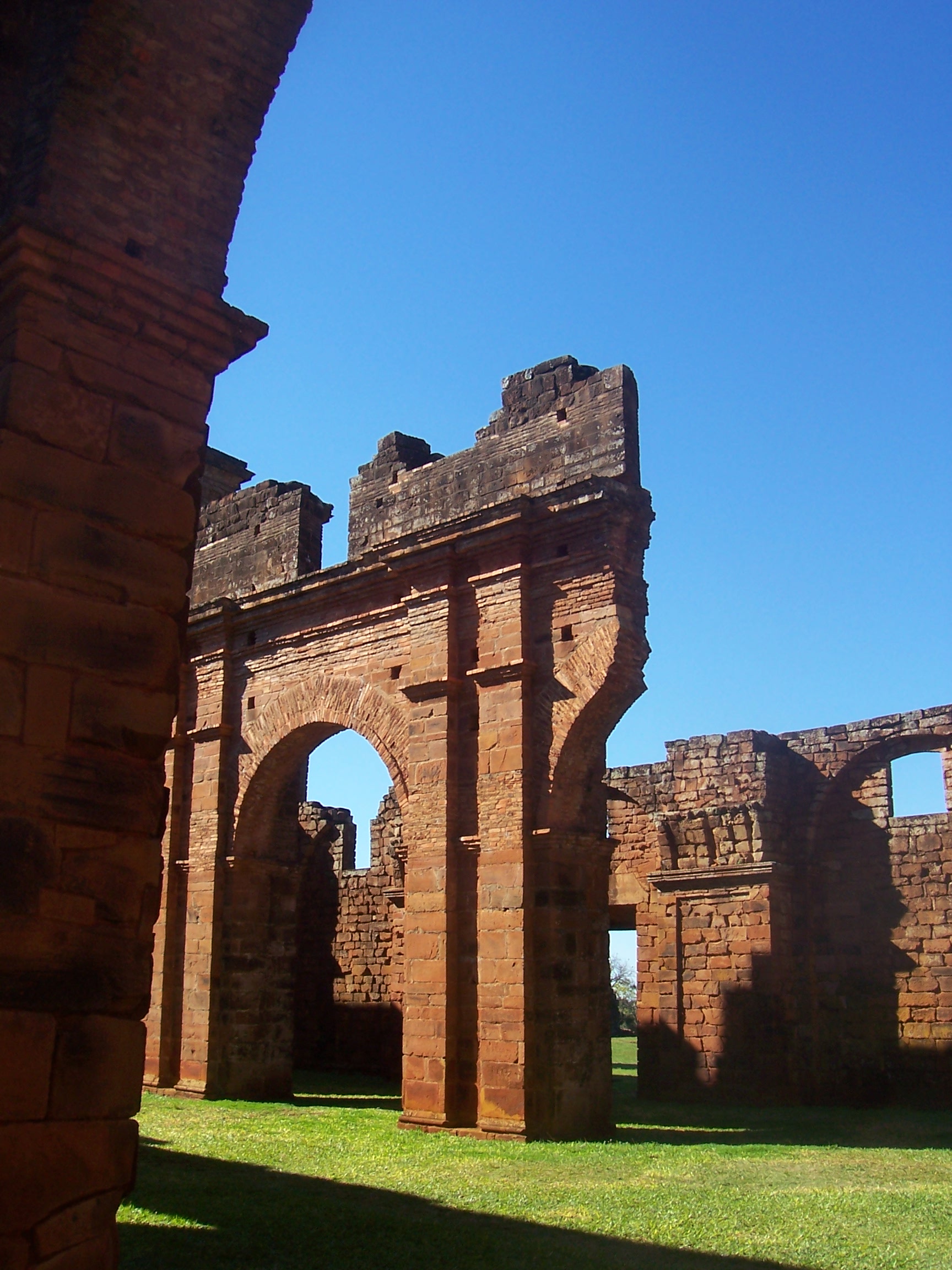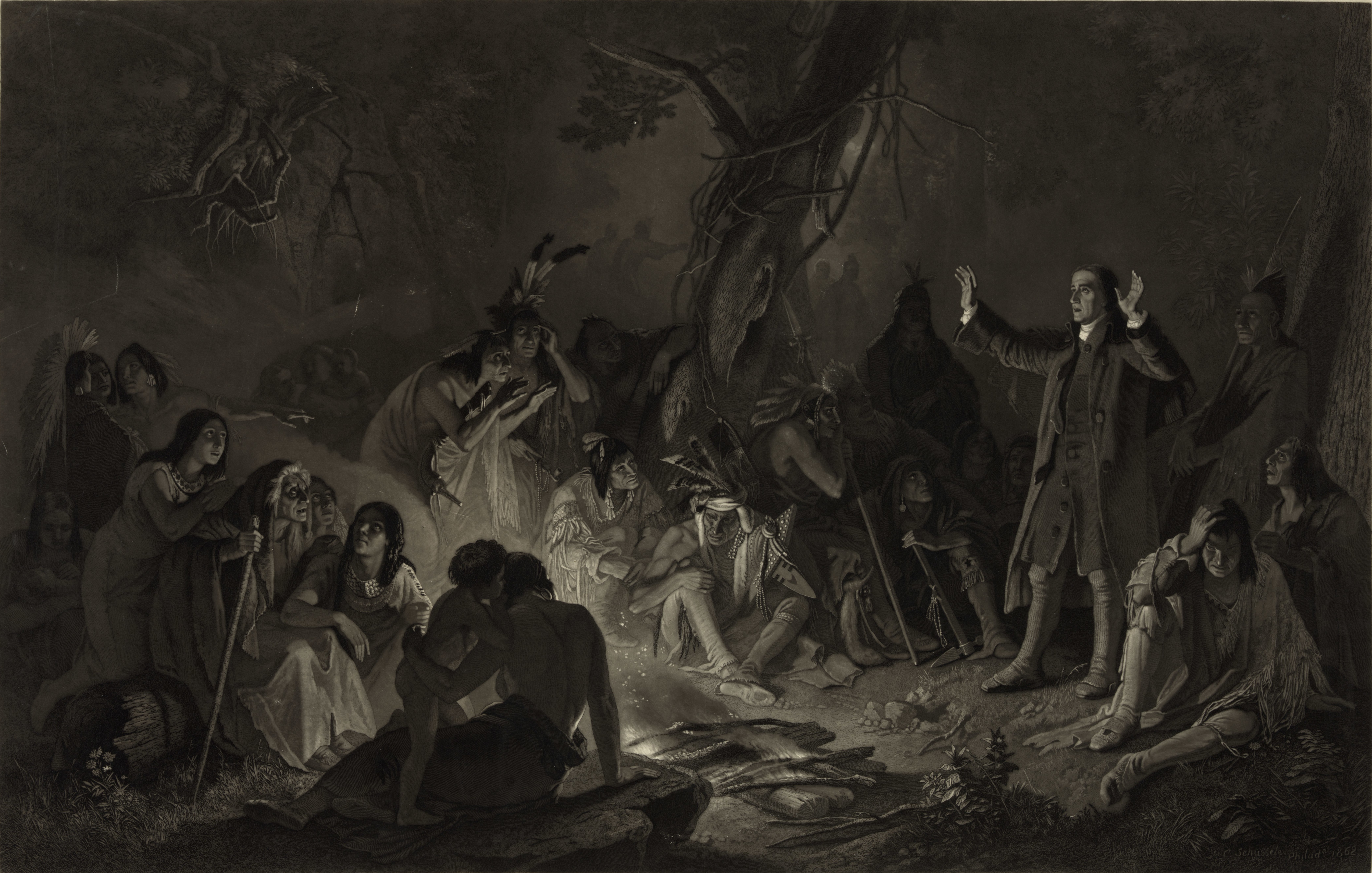|
Reducción
Indian reductions in the Andes () were settlements in the former Inca Empire created by Spanish authorities and populated by the forcible relocation of indigenous Andean populations, called "Indians" by the Spanish and "Andeans" by some modern scholars. The purpose of the Spanish Empire was to gather native populations into centers called "Indian reductions" (reducciones de indios), to Christianize, tax, and govern them to comply with Spanish customs and economic interests. Beginning in 1569, the viceroy Francisco de Toledo presided over the resettlement of about 1.4 million native people into approximately 840 reductions. The resettlement was carried out in the Royal Audiences of Lima and Charcas, modern day Peru and Bolivia, roughly speaking. The native populations, who had adapted to a way of life suitable to the many microclimates throughout the Andes, experienced immense hardship in the transition to life in these new settlements. Despite the hardships, they preserved by ... [...More Info...] [...Related Items...] OR: [Wikipedia] [Google] [Baidu] |
Reductions
Reductions (, also called ; ) were settlements established by Spanish rulers and Roman Catholic missionaries in Spanish America and the Spanish East Indies (the Philippines). In Portuguese-speaking Latin America, such reductions were also called ''aldeias''. The Spanish and Portuguese relocated, forcibly in many cases, indigenous inhabitants (''Indians'' or ''Indios'') of their colonies into urban settlements modeled on those in Spain and Portugal. The Royal Academy of Spain defines (reduction) as "a grouping into settlement of indigenous people for the purpose of evangelization and assimilation." In colonial Mexico, reductions were called "congregations" (''congregaciones''). Forced resettlements aimed to concentrate indigenous people into communities, facilitating civil and religious control over populations. The concentration of the indigenous peoples into towns facilitated the organization and exploitation of their labor. The practice began during Spanish coloniza ... [...More Info...] [...Related Items...] OR: [Wikipedia] [Google] [Baidu] |
Mainas Missions
The Mainas (or Maynas) missions refers to a large number of small missions the Jesuits established in the western Amazon region of South America from 1638 until 1767, when the Jesuits were expelled from Latin America. Following the Jesuit expulsion, mission activity continued under Franciscan auspices. Roughly 60 missions were founded in total. Scholar Anne Christine Taylor notes that, ' all the western Amazonian mission establishments, that of the Jesuits of Mainas was by far the most important'. She estimates that, prior to the arrival of the Spanish, the many ethnic groups (called ''Indians'' or ''Indios'') in the mission field had a population of approximately 200,000. The population declined rapidly and many of the indigenous people resisted Christianity or had little contact with the Christian missionaries. Throughout their existence, the Jesuit mission settlements, known as reductions, were marked by epidemic disease (often smallpox) that exacted a tremendous death toll ... [...More Info...] [...Related Items...] OR: [Wikipedia] [Google] [Baidu] |
Christianization
Christianization (or Christianisation) is a term for the specific type of change that occurs when someone or something has been or is being converted to Christianity. Christianization has, for the most part, spread through missions by individual conversions, but has also, in some instances, been the result of violence by individuals and groups such as governments and militaries. Christianization is also the term used to designate the conversion of previously non-Christian practices, spaces and places to Christian uses and names. In a third manner, the term has been used to describe the changes that naturally emerge in a nation when sufficient numbers of individuals convert, or when secular leaders require those changes. Christianization of a nation is an ongoing process. It began in the Roman Empire when the early individual followers of Jesus became itinerant preachers in response to the command recorded in Matthew 28:19 (sometimes called the Great Commission) to go to all the ... [...More Info...] [...Related Items...] OR: [Wikipedia] [Google] [Baidu] |
Jesuit Asia Missions
The Jesuits, or Society of Jesus, a Roman Catholic religious order, have had a long history of missions in East and South Asia from their very foundation in the 16th century. St. Francis Xavier, a friend of St. Ignatius of Loyola and co-founder of the Society, visited India, the Moluques, Japan and died (1552) as he was attempting to enter China. See also *Christianity in China *Christianity in India *Christianity and the History of the Catholic Church in Japan *Christianity in Taiwan *Jesuit China missions * Pedro Arrupe *Roberto de Nobili *Matteo Ricci * Thomas Stephens (Jesuit) * Alessandro Valignano * Ferdinand Verbiest * Ivan Vreman *Francis Xavier Francis Xavier, Jesuits, SJ (born Francisco de Jasso y Azpilicueta; ; ; ; ; ; 7 April 15063 December 1552), venerated as Saint Francis Xavier, was a Kingdom of Navarre, Navarrese cleric and missionary. He co-founded the Society of Jesus ... References {{RC-society-stub ... [...More Info...] [...Related Items...] OR: [Wikipedia] [Google] [Baidu] |
São Miguel Das Missões
São Miguel das Missões is a municipality in Rio Grande do Sul state, southern Brazil. Important 17th century Spanish Jesuit mission ruins are located in the municipality. San Miguel Mission is within Santo Ângelo Microregion, and the Riograndense Northwest Mesoregion. The city covers and had a population of 7,683 residents. Mission São Miguel das Missões The town grew around the Spanish colonial Jesuit Reduction, Mission San Miguel Arcángel, founded in 1632. After becoming part of Brazil it was renamed Mission São Miguel das Missões. In 1984 Mission São Miguel das Missões was one of four sites of Jesuit reductions in Argentina and one in Brazil to be declared by UNESCO the World Heritage Sites. Museum The Mission Museum is a history museum located in São Miguel Mission. The creation of the museum was one of the first initiatives of the Office of Historical and Artistic Heritage, today IPHAN. In 1937 the SPHAN was created and in the same year, the archite ... [...More Info...] [...Related Items...] OR: [Wikipedia] [Google] [Baidu] |
Catholic Church And The Age Of Discovery
The Catholic Church during the Age of Discovery inaugurated a major effort to spread Christianity in the New World and to convert the indigenous peoples of the Americas and other indigenous peoples. The evangelical effort was a major part of, and a justification for, the military conquests of European powers such as Portuguese Empire, Portugal, Spanish Empire, Spain, and French colonial empire, France. Christian Christian mission, missions to the indigenous peoples ran hand-in-hand with the colonial efforts of Catholic nations. In the Americas and other colonies in Asia, and Africa, most missions were run by religious orders such as the Franciscans, Dominican Order, Dominicans, Augustinians, and Jesuits. In Mexico, the early systematic Evangelism, evangelization by Mendicant, mendicants came to be known as the "Spiritual Conquest of Mexico". Antonio de Montesinos (Dominican friar), Antonio de Montesinos, a Dominican friar on the island of Hispaniola, was the first member of the cle ... [...More Info...] [...Related Items...] OR: [Wikipedia] [Google] [Baidu] |
Mission Indians
Mission Indians was a term used to refer to the Indigenous peoples of California who lived or grew up in the Spanish mission system in California. Today the term is used to refer to their descendants and to specific, contemporary tribal nations in California. History Spanish explorers arrived on California's coasts as early as the mid-16th century. In 1769, the first Spanish Franciscan mission was built in San Diego. Local tribes were relocated and conscripted into forced labor on the mission, stretching from San Diego to San Francisco. Disease, starvation, excessive physical labor, and torture decimated these tribes.Pritzker, 114 Many were baptized as Catholics by the Franciscan missionaries at the missions. Mission Indians were from many regional Native American tribes; their members were often relocated together in new mixed groups, and the Spanish named the Indian groups after the responsible mission. For instance, the Payomkowishum were renamed '' Luiseños'', after ... [...More Info...] [...Related Items...] OR: [Wikipedia] [Google] [Baidu] |
Praying Indians
Praying Indian is a 17th-century term referring to Native Americans of New England, New York, Ontario, and Quebec who converted to Christianity either voluntarily or involuntarily. Many groups are referred to by the term, but it is more commonly used for tribes that were organized into villages. The villages were known as praying towns and were established by missionaries such as the Puritan leader John Eliot and Jesuit missionaries who established the St. Regis and Kahnawake (formerly known as Caughnawaga) and the missions among the Huron in western Ontario. Early history In 1646, the General Court of Massachusetts passed an "Act for the Propagation of the Gospel amongst the Indians." It and the success of Reverend John Eliot and other missionaries preaching Christianity to the New England tribes raised interest in England. In 1649, the Long Parliament passed an ordination forming "A Corporation for the Promoting and Propagating the Gospel of Jesus Christ in New England, ... [...More Info...] [...Related Items...] OR: [Wikipedia] [Google] [Baidu] |
Moravian Indians
The Christian Munsee are a group of Lenape (also known as ''Delaware''), an Indigenous people in the United States, that primarily speak Munsee and have converted to Christianity, following the teachings of Moravian missionaries. The Christian Munsee are also known as the Moravian Munsee or the Moravian Indians, the Moravian Christian Indians or, in context, simply the Christian Indians. As the Moravian Church transferred some of their missions to other Christian denominations, such as the Methodists, Christian Munsee today belong to the Moravian Church, Methodist Church, United Church of Canada, among other Christian denominations. The Christian Munsee tribe has produced several people who have become notable figures in Christianity and the Delaware Nation as a whole, such as Gelelemend (a Lenape chief), John Henry Kilbuck (a Moravian Christian missionary to the Native peoples in Alaska), Papunhank (a Moravian Lenape diplomat and preacher), Glikhikan (Munsee chief, Moravian e ... [...More Info...] [...Related Items...] OR: [Wikipedia] [Google] [Baidu] |
Jesuit Missions Among The Guaraní
The Jesuit missions among the Guaraní were a type of settlement for the Guaraní people ("Indians" or "Indios") in an area straddling the borders of present-day Argentina, Brazil and Paraguay (the Triple Frontier, triple frontier). The missions were established by the Jesuits, Jesuit Order of the Catholic Church early in the 17th century and ended in the late 18th century after the expulsion of the Jesuit order from the Americas. The missions have been called an experiment in "socialist theocracy" or a rare example of "Analysis of Western European colonialism and colonization#Benign colonialism, benign colonialism". Others have argued that "the Jesuits took away the Indians' freedom, forced them to radically change their lifestyle, physically abused them, and subjected them to disease". In their newly acquired South American dominions, the Spanish Empire, Spanish and Portuguese Empires adopted a strategy of gathering native populations into communities called "Indian reductions ... [...More Info...] [...Related Items...] OR: [Wikipedia] [Google] [Baidu] |






